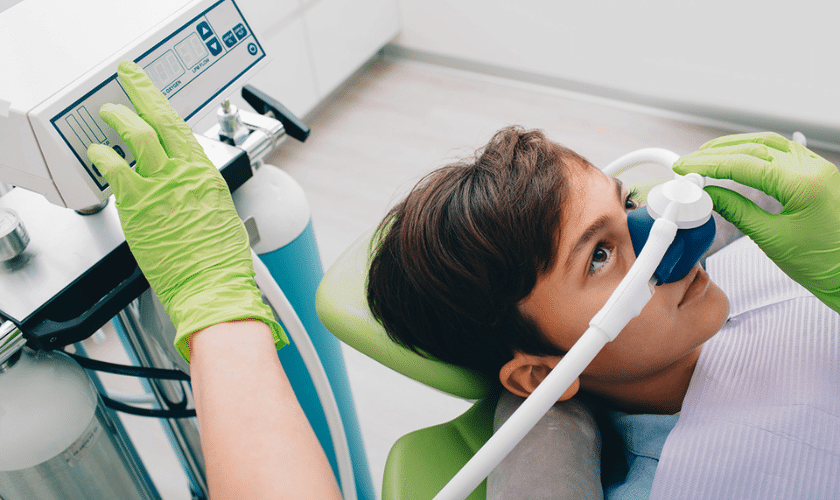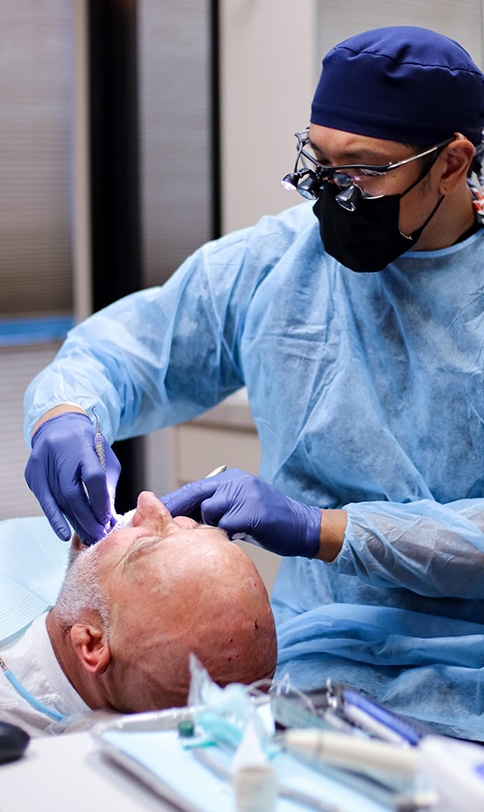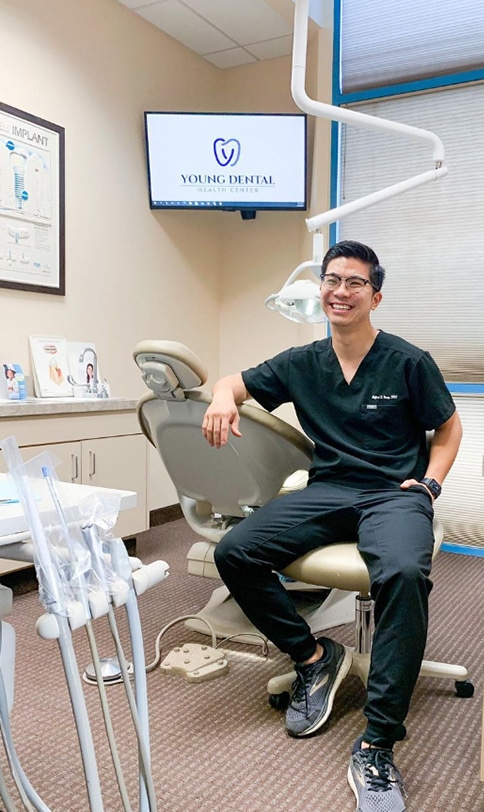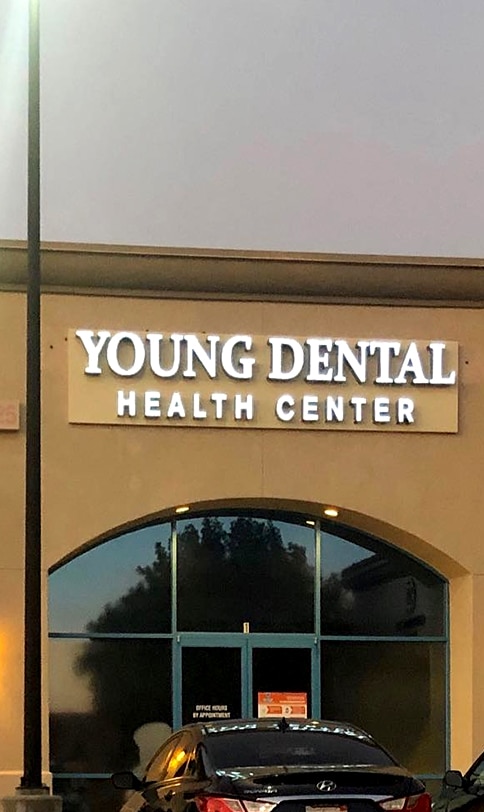E-mail Us
How Safe Is Oral Sedation Compared to IV Options?
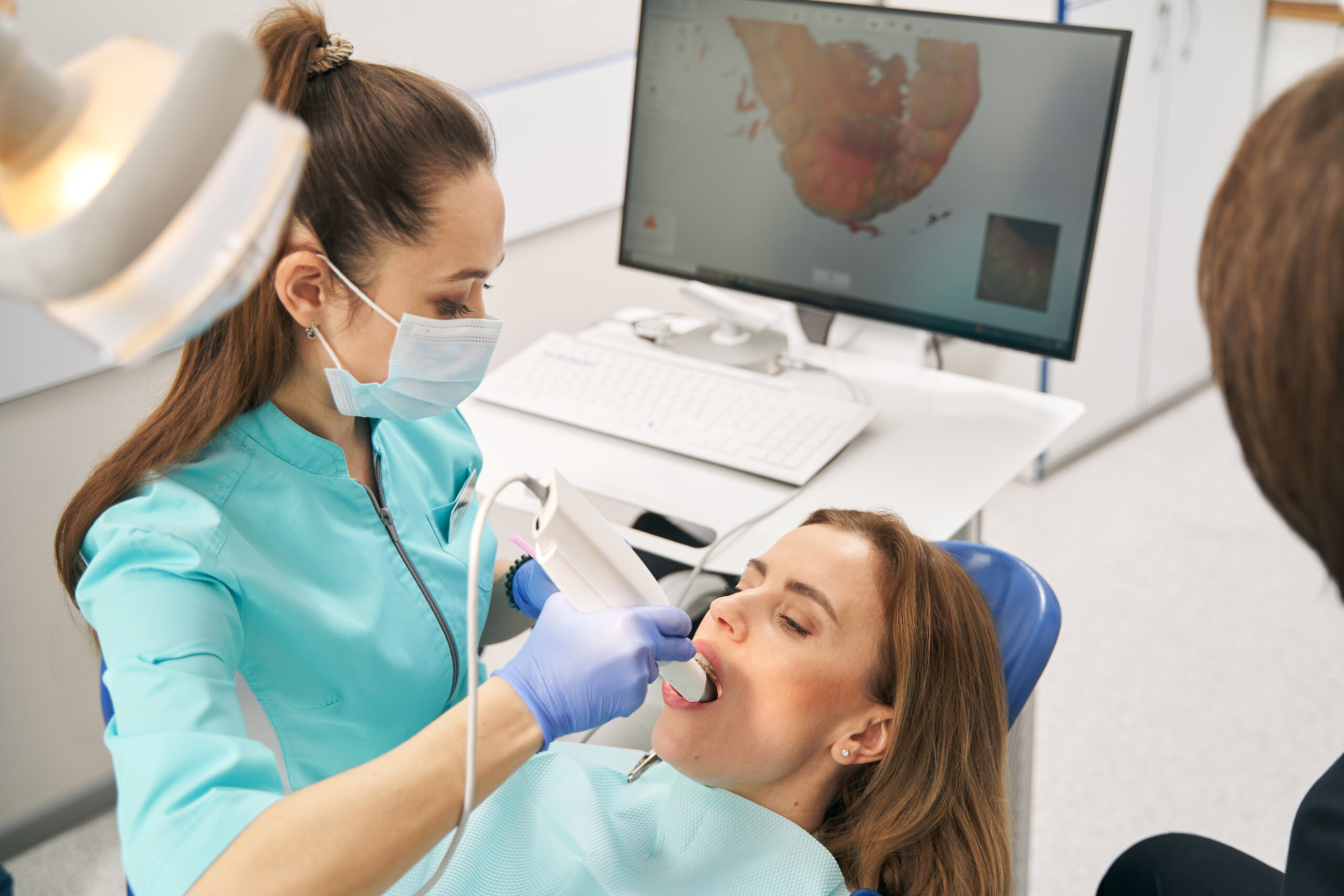
Dental anxiety is common, and many people seek sedation to feel comfortable during procedures. IV and Oral sedation are two standard dental methods to help patients relax. But how safe is oral sedation compared to IV sedation? Let’s break down these two options’ safety, benefits, and differences.
What Is Oral Sedation?
Oral sedation involves taking a pill or liquid before the procedure. The medication helps you relax, reducing anxiety. Typically, you’ll feel drowsy, but you’ll remain conscious. Unlike under general anesthesia, you can respond to instructions and communicate during the procedure.
What Is IV Sedation?
IV sedation, also known as intravenous sedation, is delivered directly into your bloodstream. The sedative is administered through a needle, typically in your arm or hand. This method allows for more profound sedation, helping you feel more relaxed or even semi-conscious during your treatment.
Safety of Oral Sedation
Oral sedation is generally safe when prescribed and monitored by a trained professional. Most patients tolerate it well. However, the effects vary depending on the individual’s response to the medication. For instance, those with allergies or sensitivities to certain drugs may need special attention.
A significant benefit of oral sedation is that it requires less equipment and fewer invasive procedures than IV sedation. You can take the medication at home before the appointment, reducing stress. However, since it takes time to work, you may need to arrange for a driver to take you to the dental office.
Safety of IV Sedation
IV sedation is considered safe when administered by a licensed professional. It provides a deeper level of relaxation and allows for precise control over the sedative dosage. However, it requires more equipment and expertise and continuous monitoring of vital signs during the procedure.
Unlike oral sedation, the effects of IV sedation are faster and more predictable. However, since the sedative is delivered directly into the bloodstream, it can cause more intense side effects for some patients, such as dizziness or nausea. If over-sedated, there’s a risk of respiratory issues or even fainting, though these risks are rare.
Factors Affecting Safety
Several factors influence the safety of both oral and IV sedation. These include your medical history, allergies, and the type of dental procedure. For example, patients with respiratory or heart conditions patients may require closer monitoring during IV sedation. In contrast, oral sedation may be a safer option for patients who have concerns about needles or who prefer less invasive procedures.
Both sedation methods require a complete medical assessment before use. Your dentist will evaluate your health, allergies, and anxiety levels before recommending the most appropriate sedation option.
Recovery Time
Oral sedation usually takes longer to wear off. Depending on the dose, you may feel groggy for a few hours after the procedure. It’s essential to rest and allow the sedative to leave your system. IV sedation, on the other hand, typically wears off faster, but you might still feel drowsy for a short time afterward.
In both cases, you should avoid driving or operating heavy machinery until fully alert. Arrange for someone to accompany you to your appointment, as both types of sedation require someone to monitor you post-treatment.
Cost Comparison
Oral sedation is generally more affordable than IV sedation due to the lower level of involvement and equipment needed. While some dental insurance plans cover both options, you must check with your provider beforehand. The cost of IV sedation can vary significantly, especially in more complex procedures requiring greater monitoring.
Which Option Is Right for You?
The choice between oral and IV sedation ultimately depends on your comfort level, medical history, and the procedure’s complexity. Oral sedation might be a perfect option if you are anxious but healthy. It’s less invasive, and recovery is relatively simple. However, if you require a deeper level of sedation or have a more complicated procedure ahead, IV sedation may be the better choice.
Choosing the Right Sedation: Oral vs. IV for Your Safety
Both oral sedation and IV sedation are safe when used correctly, but each method has its own set of considerations. Oral sedation offers a less invasive, cost-effective option for many patients, while IV sedation provides more profound relaxation and a faster onset. Always consult your dentist to determine which sedation method suits your needs and health. With proper evaluation and monitoring, either option can help you feel at ease during your dental treatment.




